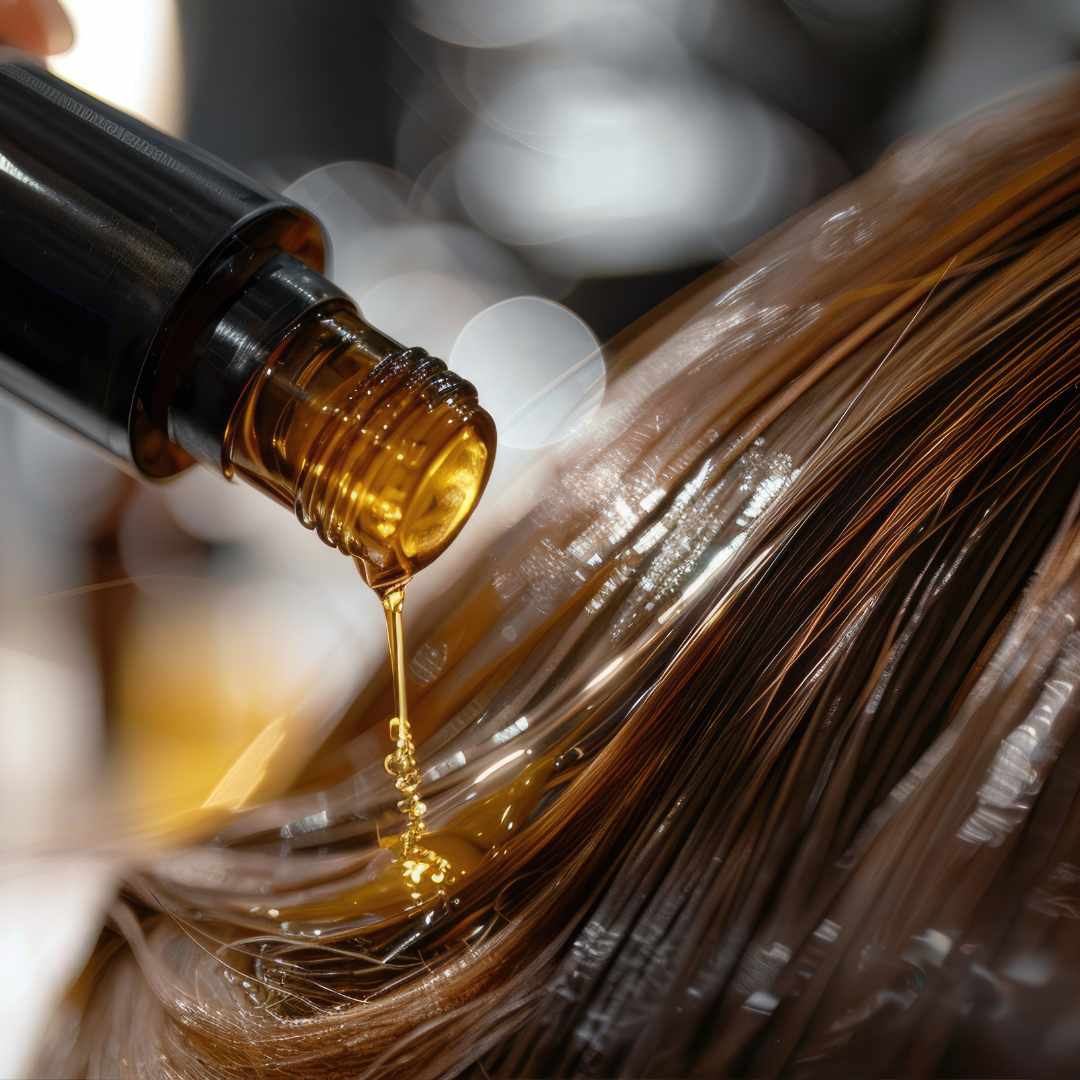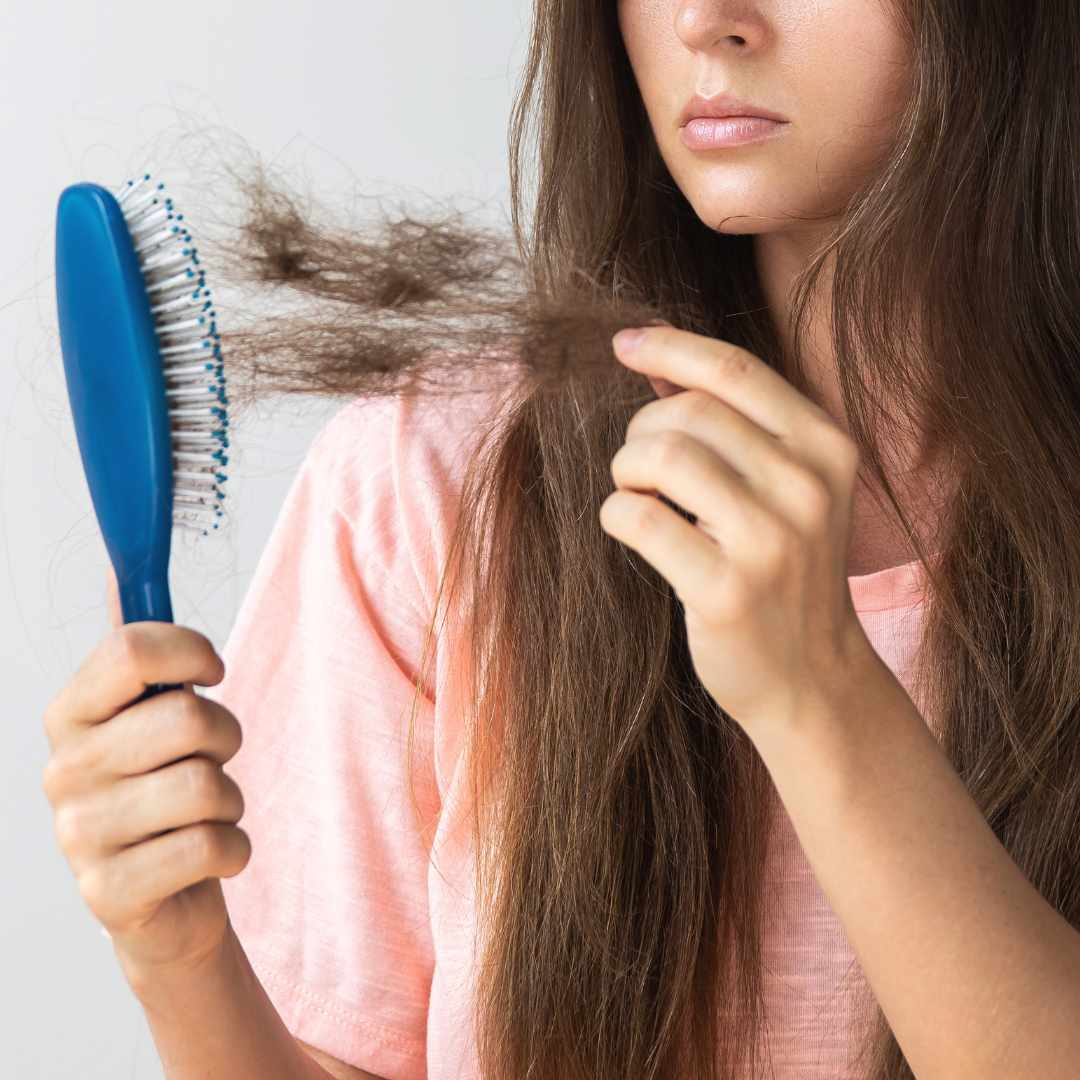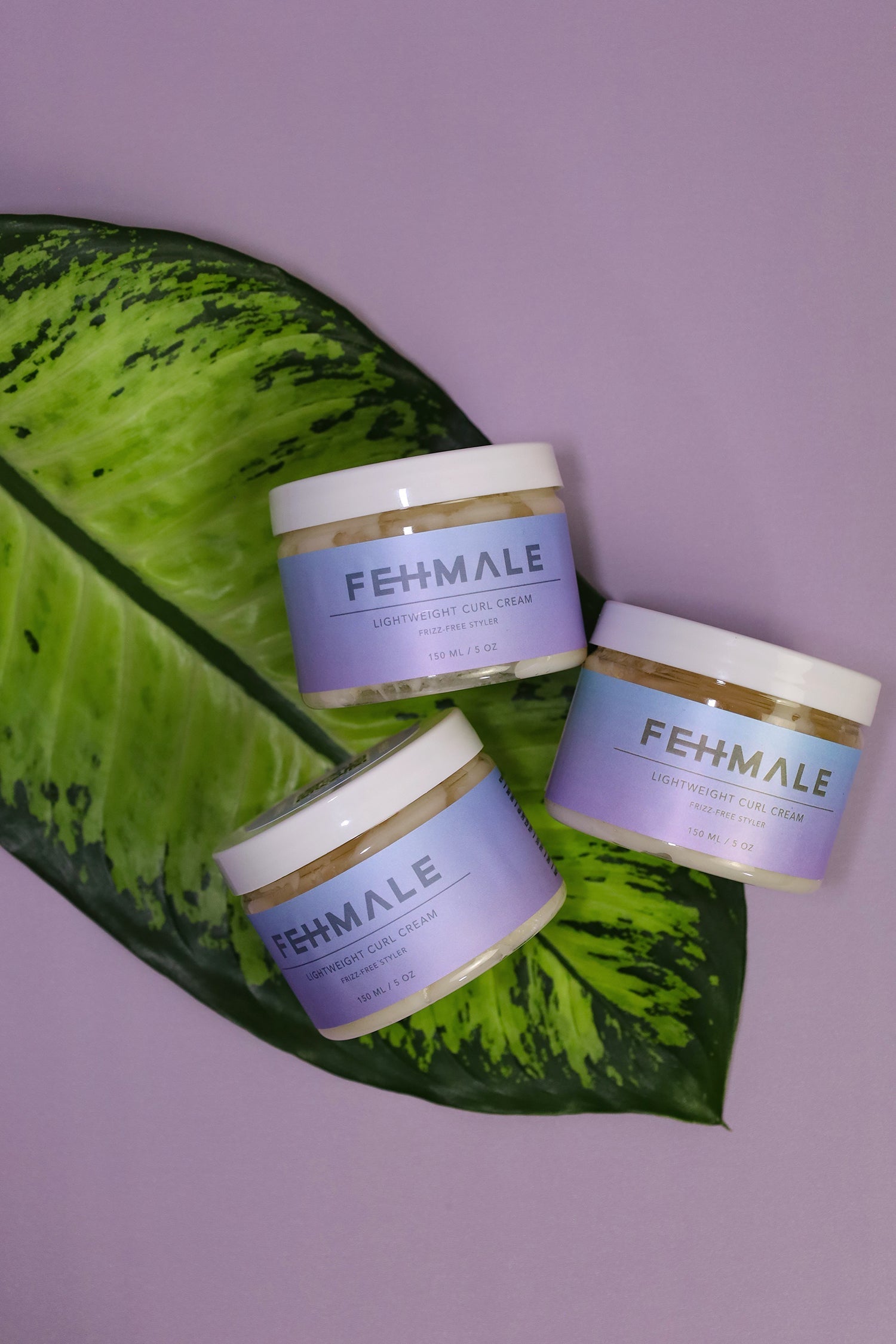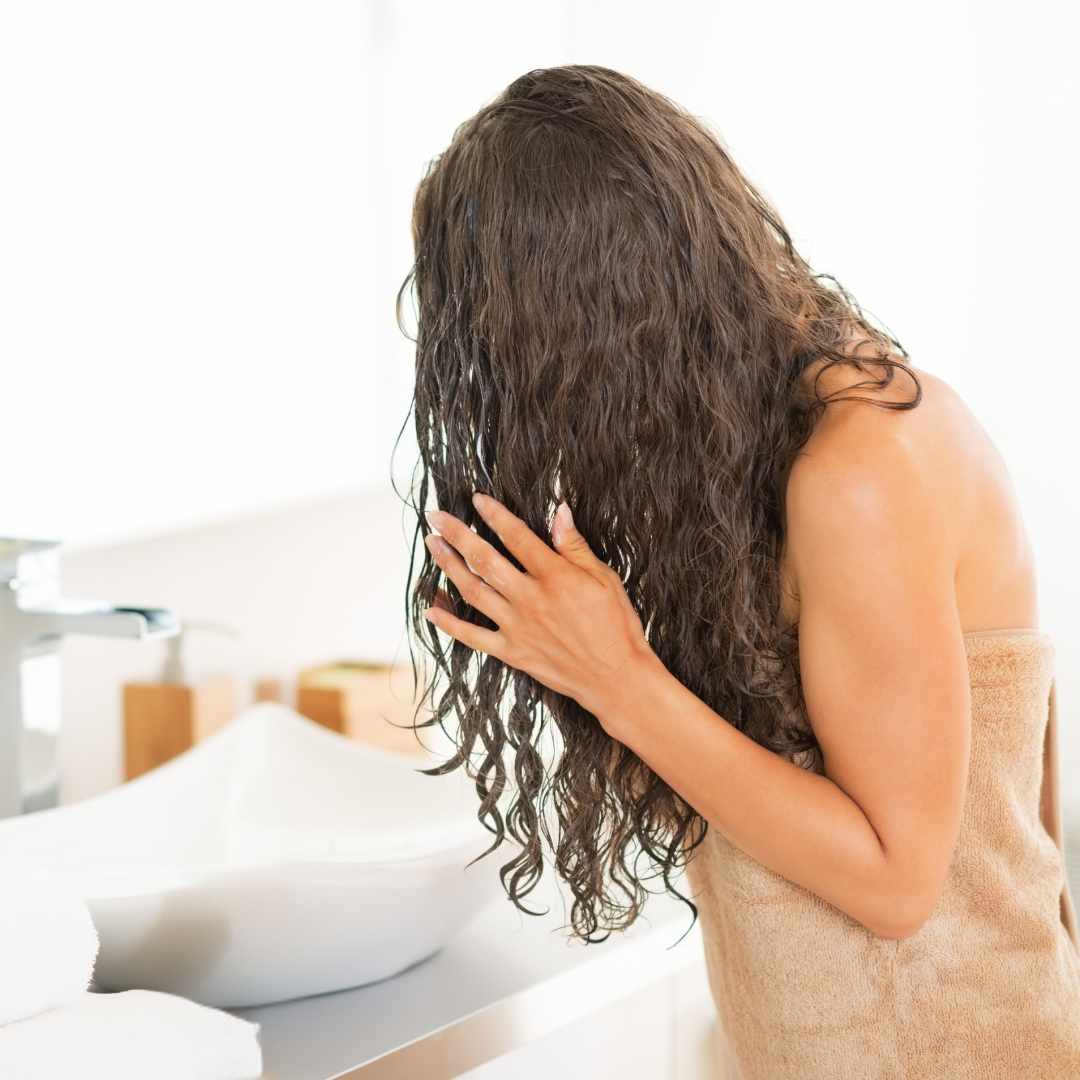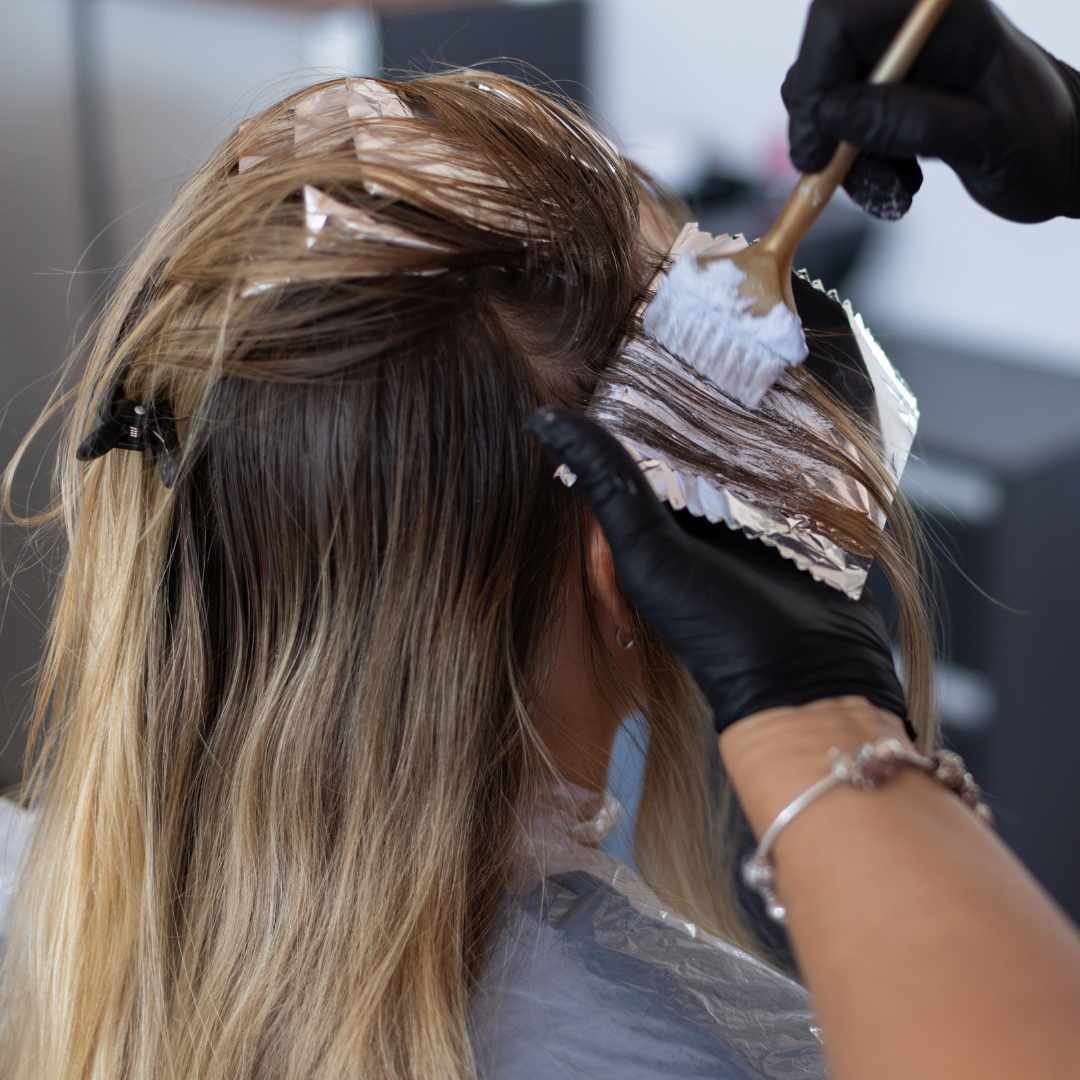
How often should you dye your hair?
How often can you dye your hair? – How to care for your dyed hair
How often should you dye your hair? This is a question many people ask, especially if they want to keep their hair beautiful and healthy without damaging it. Dyeing your hair can be a great way to refresh your look, but frequent dyeing can also lead to damage and dryness. In this article, we'll dive into how often you should dye your hair, what factors you need to consider, and how to best care for your dyed hair to maintain both color and health.

How often should you dye your hair?
There is no single answer to how often you should dye your hair, as it depends on several factors such as hair type, dyeing technique, and the overall health of your hair. However, there are some general guidelines that can help you make the best choice for your hair.
General guidelines for hair coloring
-
Permanent hair color: Every 6-8 weeks. Permanent color penetrates deep into the hair structure and can be drying.
-
Toning and semi-permanent color: Every 4-6 weeks. These colors are milder and do not damage the hair as much.
-
Lightening and bleaching: Maximum every 8-12 weeks. Bleaching is hard on the hair and should not be repeated too often.
-
Root dyeing: Every 4-6 weeks if you want to cover regrowth without dyeing the entire hair.
By following these recommendations, you can minimize damage while maintaining a beautiful and fresh look.
What affects how often you can dye your hair?
When considering how often you can dye your hair, it's important to take several factors into account.
1. Hair condition
If your hair is already dry or damaged, you should be extra careful with frequent coloring. Over-processing can lead to breakage and split ends. It's a good idea to do a thorough assessment of your hair's condition before each color.
2. Hair type and texture
-
Fine and fragile hair: Cannot tolerate frequent coloring. Please wait 8 weeks or more between treatments.
-
Normal and healthy hair: Can tolerate coloring every 6-8 weeks, depending on the color type.
-
Curly or dry hair: Needs longer breaks between colorings as it is naturally more fragile.
-
Colored vs. natural hair: If your hair is already treated, you need to be extra careful about choosing gentle colors.
3. Color technique
Some coloring techniques require more frequent touch-ups than others:
-
Balayage and ombre: Can last longer as the regrowth is less visible.
-
Full color: Typically requires more frequent touch-ups, especially if you have gray hair.
-
Highlights: Can often last up to 3 months without looking overgrown.

How to care for colored hair between treatments
No matter how often you color your hair, care is an important factor in keeping it healthy and shiny.
Moisturizing masks and treatments
Colored hair needs extra moisture and nourishment, especially if it is chemically treated. We recommend using a deep treatment mask once a week to strengthen hair and restore moisture balance.
Benefits of deep treatment masks
-
Restores moisture: Prevents dryness and makes hair soft.
-
Strengthens hair strands: Reduces the risk of broken hair.
-
Preserves color shine: Deeply conditions the hair and protects color intensity.
Gentle hair wash
When it comes to washing colored hair, it is important to choose gentle products that do not dry out the hair or wash out the color. We recommend using a sulfate-free shampoo , as sulfates can be harsh on colored hair and cause the color to fade faster. A good shampoo for colored hair helps maintain shine and makes hair more resistant to external influences.
Tips for gentle washing
-
Use lukewarm water: Hot water opens the hair cuticle and can cause the color to fade.
-
Avoid washing your hair daily: Wash your hair 2-3 times a week to maintain the color.
-
Rinse thoroughly: After using shampoo and conditioner, rinse your hair well so that product residue does not dry out the hair.
Use a color-preserving conditioner
After each hair wash, you should use a moisturizing and color-preserving conditioner that protects the hair from drying out and makes it easier to comb. A Color-protecting conditioner helps lock the color into the hair shaft, keeping it fresh and shiny for longer.
Benefits of color-protecting conditioners
-
Seals the color: Locks the pigments inside the hair shaft.
-
Prevents dryness: Gives hair extra moisture after washing.
-
Reduces frizz: Makes hair more manageable and smooth.
-
Protects against external influences: Creates a protective film around the hair.
Heat protection
Always use heat protection products before blow-drying, straightening or curling. High heat can make colored hair porous and dull, increasing the risk of damage and color loss. Choose a heat protection product that both conditions and protects hair from temperatures up to 230°C.
How to use heat protection correctly
-
Apply to damp hair: Spray or distribute the product into towel-dried hair.
-
Distribute evenly: Make sure all hair is covered, especially lengths and ends.
-
Use heat sparingly: Set your styling iron to a low to medium temperature.
-
Air dry when possible: If you have time, let your hair air dry instead of using a blow dryer.
Heat protection is a crucial part of your hair care routine, as it can prevent hair from losing its shine and becoming dry and brittle after styling.

Home dyeing vs. professional treatment
When considering how often you can dye your hair, it also plays a role whether you do it yourself or have it done by a professional.
Benefits of home dyeing
-
Economical: Cheaper than a hairdressing treatment.
-
Flexibility: You can do it whenever it suits you.
-
Large selection: Find a variety of hair colors at HairSouk.dk .
Benefits of professional coloring
-
Expertise: Hairdressers know how to best protect your hair.
-
Precision: Especially important for complex techniques like balayage.
-
Gentle products: Salon colors are often less harmful than home colors.
Tips to keep the color longer
To reduce the need for frequent dyeing, it is a good idea to maintain the color correctly:
-
Use color-preserving shampoo and conditioner.
-
Avoid hot water: Wash your hair in lukewarm water to protect the color.
-
Avoid direct sunlight: UV rays can fade the color quickly.
-
Rinse your hair after swimming: Chlorine can affect the color intensity.
Can you dye your hair too often?
Yes, if you dye your hair too often, you risk permanently damaging the hair structure. Signs of over-dyeing can include:
-
Dry and porous hair
-
Broken hair strands and split ends
-
Dull and lifeless color
-
Scalp irritation
If you experience these problems, you may need to give your hair a break and focus on restorative treatments.

So how often should you dye your hair?
When it comes to the question "how often can you dye your hair", there is no single answer, as it depends on several factors such as hair type, dyeing technique and the overall health of the hair. As a general rule, permanent hair dye can be used every 6-8 weeks, while tinting and semi-permanent color can be used every 4-6 weeks. Lightening and bleaching should not be done more often than every 8-12 weeks, as these treatments are more damaging to the hair.
The most important thing is to assess the condition of your hair before coloring. If your hair is damaged or dry, you should wait longer between treatments to avoid further damage. Hair texture also plays a role – fine and fragile hair requires longer breaks than normal or thick hair.
To maintain healthy, shiny hair between colors, it's crucial to use products that protect and strengthen your hair. A deep treatment mask can help rebuild hair strength and ensure your color lasts longer. Gentle hair care and protection from heat and sunlight are also important factors in avoiding having to color your hair too often.
By following this advice, you can achieve beautiful colored hair without exposing it to unnecessary wear and tear, and thus enjoy your hair color for longer.




